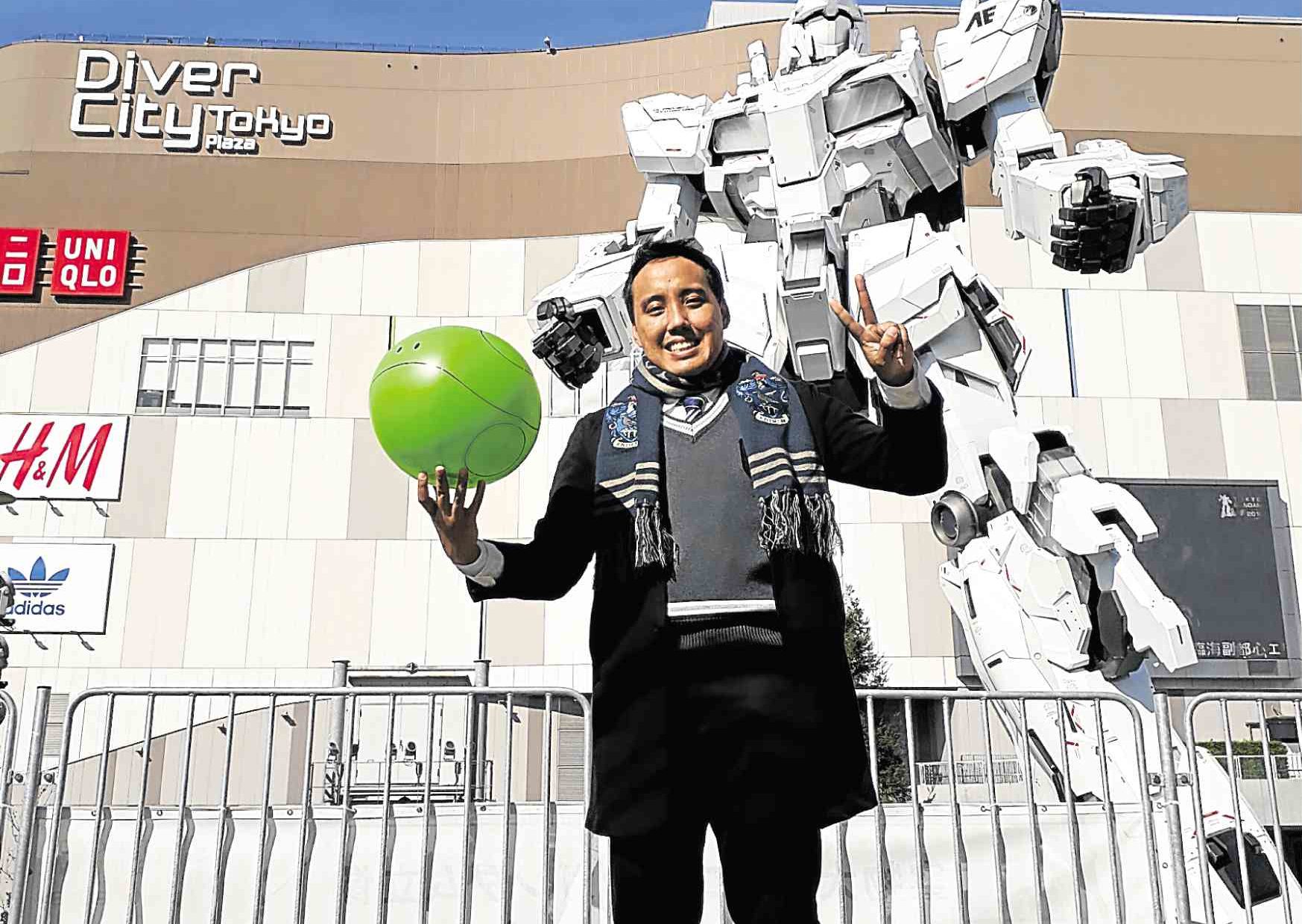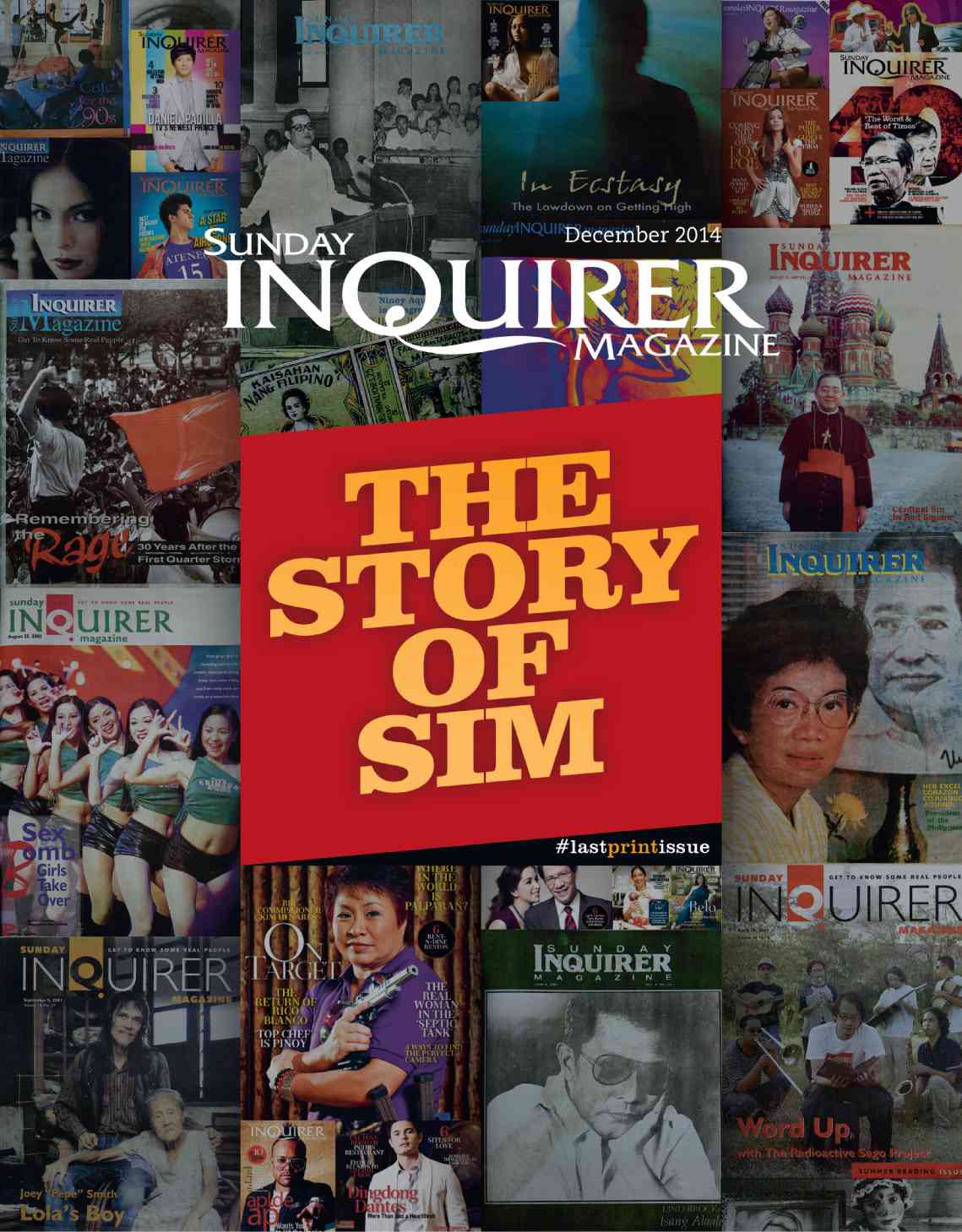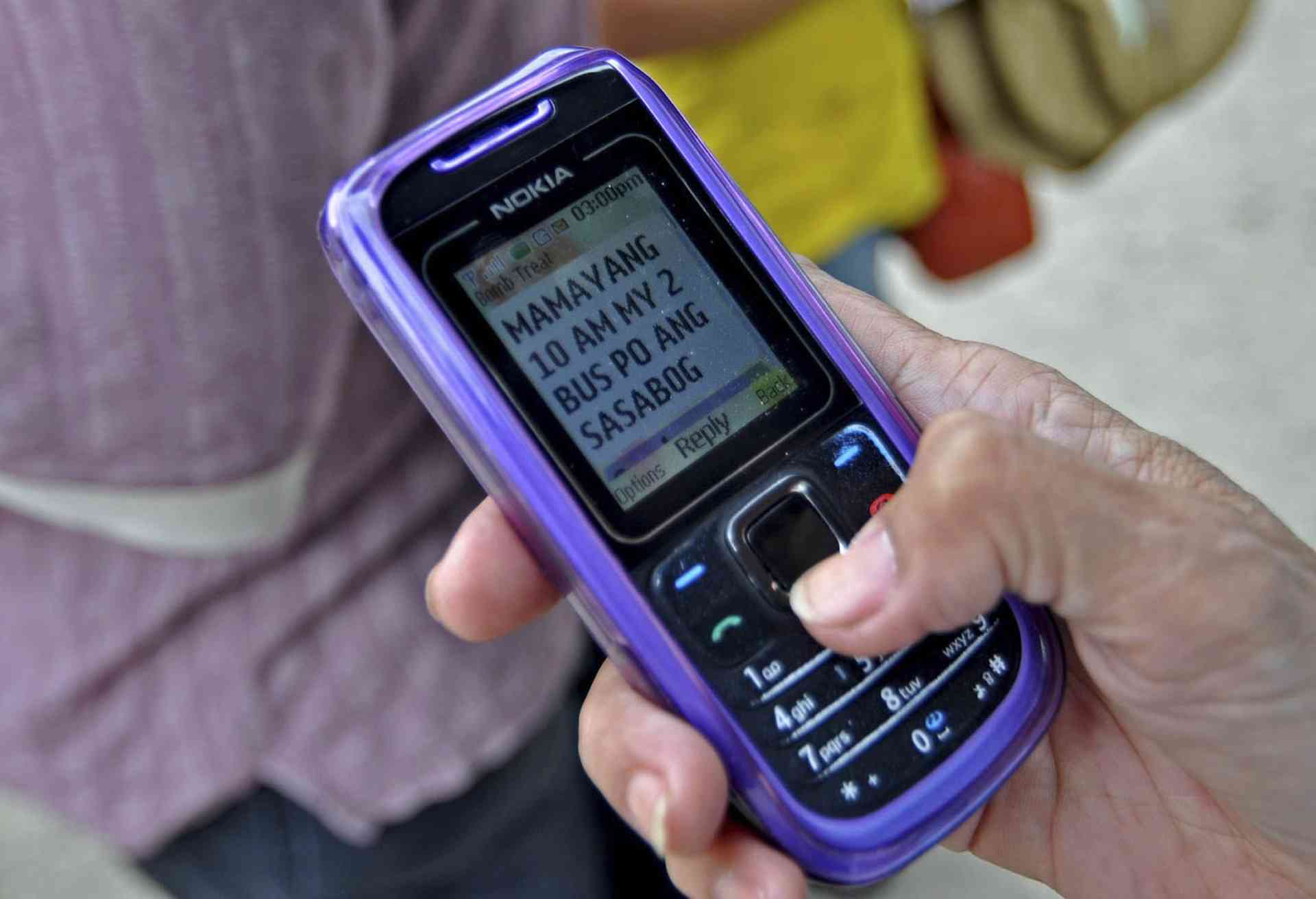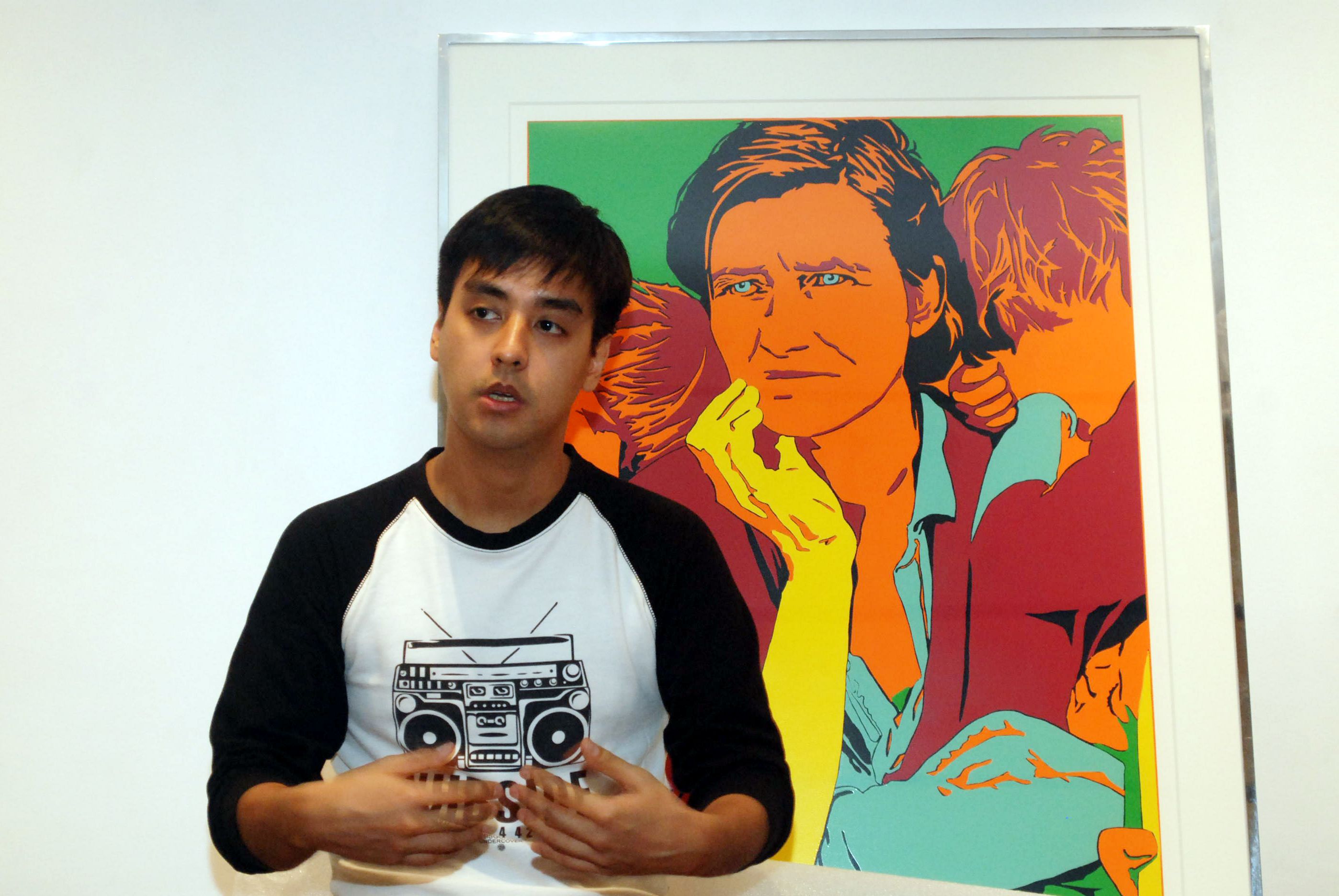HOW often does it happen in the Philippine literary scene that a title, more so a thick novel in a second language like English, gets launched and re-launched over and over again, creating a snowball effect that serves as a constant irritant, like a pebble in a shoe, to the real persons behind the thinly veiled characters in the book?
This was the fate of Mario I. Miclat’s “Secrets of the 18 Mansions” (Anvil Publishing Inc.) since it was first launched in September last year to coincide with the Maningning Miclat Art Awards at the Shangri-La Plaza in Mandaluyong City.
Sold out after only three months, the book has since gone to a second printing, quite a rare feat in Philippine publishing.
Since then, Mario has travelled to Baguio’s Mt. Cloud Bookshop to give an author’s talk and to be present at a Baguio launch.
The book has met with a lot of controversy, mainly because it paints a rather unflattering portrait of exiled Communist Party of the Philippines leader Jose Maria Sison, based on the author’s personal recollections of their interaction as members of the same leftist underground movement.
At the last Philippine Center of PEN (Poets, Essayists, Novelists) board meeting and general assembly in February this year, another launch was hosted at Solidaridad Bookshop in Ermita, Manila. “Re-launch” didn’t seem quite the right word anymore, PEN officer Charlson Ong noted. Facilitating the discussion, he preferred to call the occasion the start of a PEN book club.
The discussion began early in National Artist for Literature F. Sionil Jose’s private office at the bookshop, when the older writer quizzed Miclat about his years of exile in China during martial law when the Marcoses were in power. That exile became the basis of Miclat’s historical fiction, which was rife with the author’s revelations about the human frailties of the leaders of the Underground Left and their personality conflicts. (Miclat, his wife Alma and daughters Maningning and Banaue returned to the country in 1986 when democracy was restored.)
The author described the special accommodations or enclaves where Filipino activists like him lived. “There were different degrees of secrecy among the enclaves: for the more open ones in the embassies, friends of China; for experts working for the Chinese government; and for foreign communists.”
Miclat, who has long ago resurfaced and joined the academe (he is dean of the UP Asian Center in Diliman, Quezon City), recalled that “Our propaganda line then was that the Chinese were just middlemen. The Americans were the ones who really controlled the economy.”
Jose, playing devil’s advocate, surmised that what broke up the original communist movement and the Huks was not the divide between the intellectual, urban-raised Lava brothers and the rural peasant leaders from Central Luzon, but the clash of egos. “It was ego, ego ego. When can Filipinos transcend their ego? They were so damn egoistic. It’s the same blight afflicting our institutions. When can we transcend ego? A Czech scholar on Southeast Asian countries told me we can never have a successful revolution because all our leaders are egoistic.”
Miclat recalled his visit to Commander Juaning, one of the oldest members of the New People’s Army and a former Huk. Juaning had returned to toiling the soil and told him, “Tuwing may dumadaan na armed group, iniisip ko, paano tayo mananalo? Bawat isa sa inyo, may kanya-kanyang grupo [Whenever an armed group passes by, I think, how will we win? Each of you has his own group].”
Asked if it was true that the CPP leader in exile in Europe was a seeker of creature comforts as the book portrayed him to be, Miclat answered, “Yes, I stayed with him in many underground houses. Our propaganda was that our materials were done somewhere in the countryside but actually they were produced in Baguio, Parañaque, Tarlac and other urban areas. I don’t think he could have lived among the poor, the masses. He has many petit bourgeois habits and a very big evaluation of himself.”
Unlike Jose Rizal, who had the same class background, the national hero’s acts were deliberate, born out of a desire to be “a model for the people as an individual and as part of a nation he was endeavoring to build. The CPP leader, because of his belief in the ideology of the masses, seems to think that it would cover up for him. Censorship, for example, is an accepted norm. One did something wrong, it could easily be covered up,” Miclat said.
Jose said the CPP leader should come home and face the music because “he has so much blood in his hands.” He cited Juan Feleo, who was elected to Congress but was assassinated. “The old communists were real communists. Feleo gave up his property.”
Miclat discussed in his post-graduate class an old 1925 book, “The Isles of Fear,” by Katherine Mayo. He called the author “racist and anti-independence. But still, she has written a lot of things which we should learn about, [among them] the caciques’ way of exploiting the peasants. Of course, pro-colonialist Americans were able to make use of her book to oppose independence. But we can read in her book the same names, those who robbed Philippine National Bank and divided assets among themselves, their heirs are still there.”
Coming home from exile on the wings of the first Edsa Revolt, Miclat has seen that there are other ways to help bring about change. The same revolt “inspired other voices in the world. We must not be afraid to write and read about ourselves. Writing the truth has set me free, and I am unafraid.” •











































